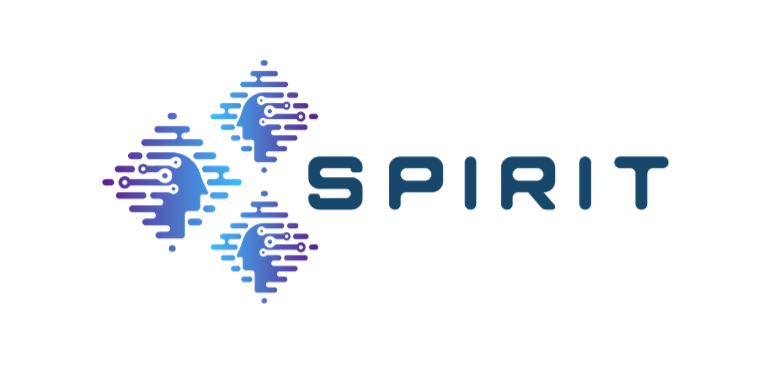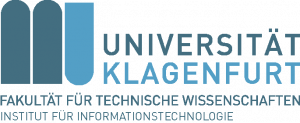Exploring the Energy Consumption of Video Streaming: Components, Challenges, and Opportunities
10th FOKUS Media Web Symposium
June 13–14, 2023 – Berlin, Germany
Abstract: The rapid growth of video streaming usage is a significant source of energy consumption, driven by improved internet connections and service offerings, the quick development of video entertainment, the deployment of Ultra High-Definition, Virtual and Augmented Reality, as well as an increasing number of video surveillance and IoT applications. However, it is essential to note that these advancements come at the cost of energy consumption. To address this challenge, it is essential to understand the various components involved in energy consumption during video streaming, ranging from video encoding to decoding and displaying the video on the end user’s screen. Then, it is critical to accurately measure energy consumption for each component and conduct an in-depth analysis to develop energy-efficient strategies that optimize video streaming. I categorize these components into three categories: (i) data centers, (ii) networks, and (iii) end-user devices.
Data centers: Data centers are responsible for the significant growth in video data traffic, which is estimated to reach over 1,000 TWh of power consumption by 2025. To effectively manage energy consumption in data centers, it is crucial to understand the various components that contribute to it, including encoding process and parameters, resource provisioning, core network, storage, as well as hardware aspects such as cloud platform features and hardware units (e.g., CPU, GPU). By analyzing and optimizing these energy-intensive components, energy-efficient strategies, such as energy management and task schedulers, and energy-efficient codecs can be developed to improve the sustainability of data centers.
Networks: The next category within video streaming is the transmission of video from data centers to end devices through heterogeneous networks. The network energy-intensive components are CDNs, routers, switches, and network channels. To optimize energy efficiency during video transmission, it is essential to manage and optimize energy consumption in each of these components. This can be achieved by implementing efficient routing algorithms, reducing data redundancy, and utilizing power-saving mechanisms in network devices.
End-user devices: The last category of the video streaming is video usage at the end-user device, which has been shown to account for the majority of energy consumption by the decoding hardware and end-user devices. Energy consumption in this category is due to the components such as decoding, players, browsers, codecs, operating systems, and hardware (e.g., CPU, display). Improving the energy efficiency of end-user devices can significantly reduce energy consumption in video streaming. Some examples of achieving this are through the use of more energy-efficient devices such as laptops, tablets, and smartphones or by improving screen display technologies.
In addition to identifying the primary components of video streaming that affect energy consumption, it is important to conduct a comprehensive analysis of the entire video streaming. It is also important to strike a balance between energy optimization and service quality to ensure that energy-efficient strategies are implemented without sacrificing the quality of video streaming services.
In this talk, my objective is to provide insights into the components of video streaming that contribute to energy consumption and highlight the challenges associated with measuring their energy usage. I will also introduce the tools that can be used for energy measurements for those components and the possible and associated strategies that lie within energy efficiency. By accurately measuring energy consumption, digital media companies can effectively monitor and control their energy usage, ultimately leading to cost savings and improved sustainability.













